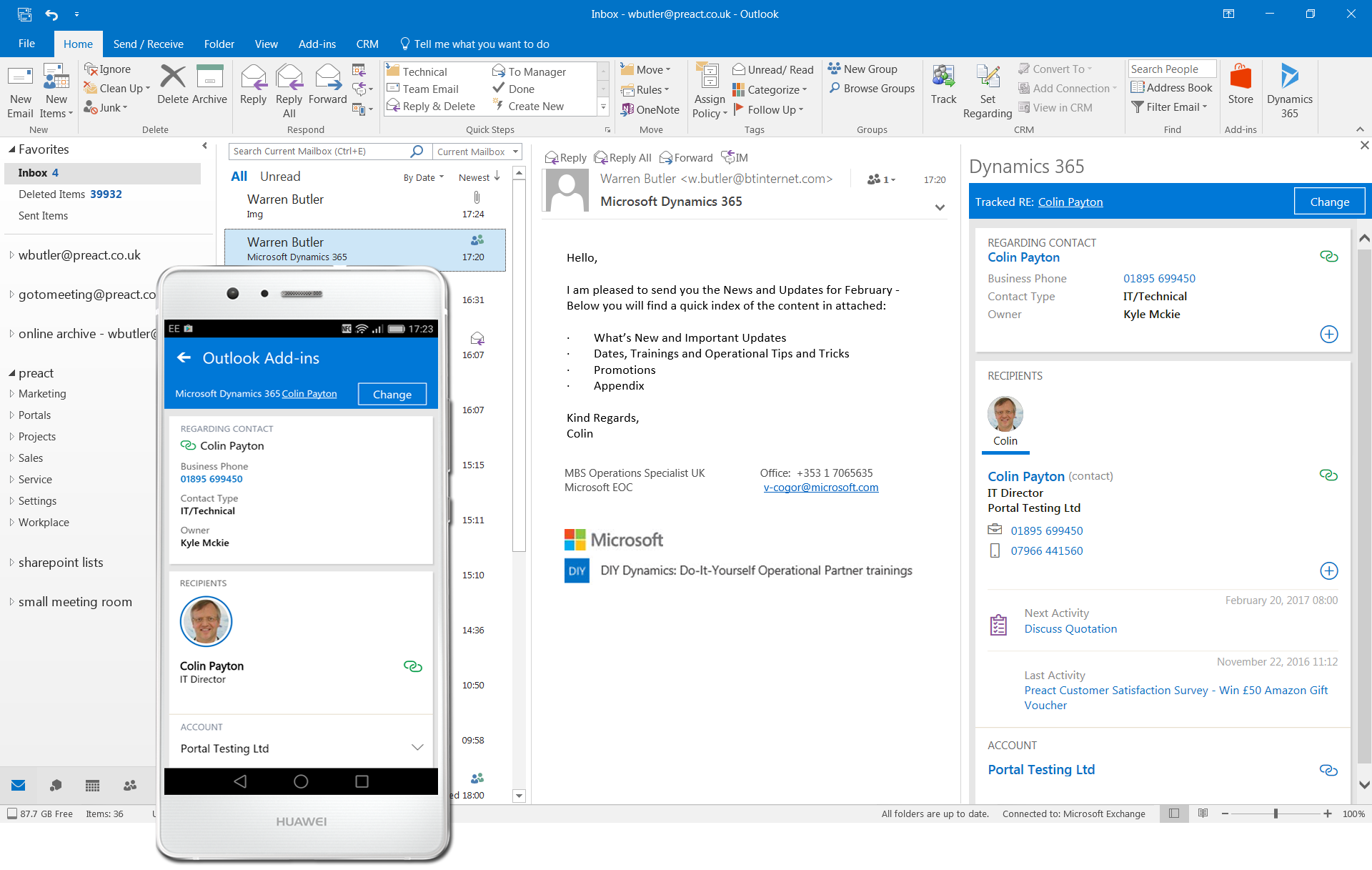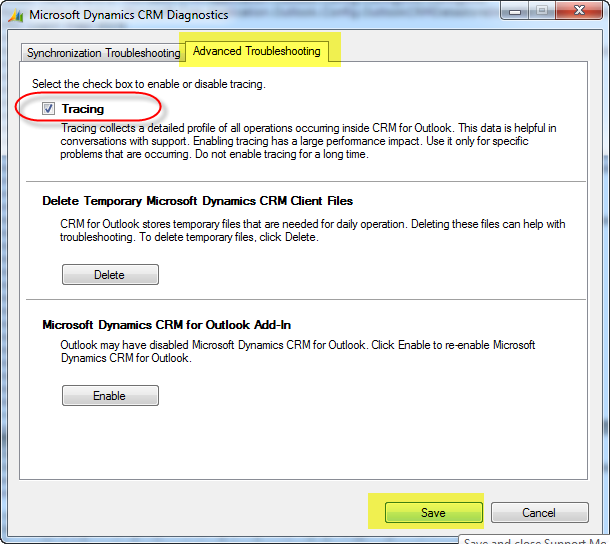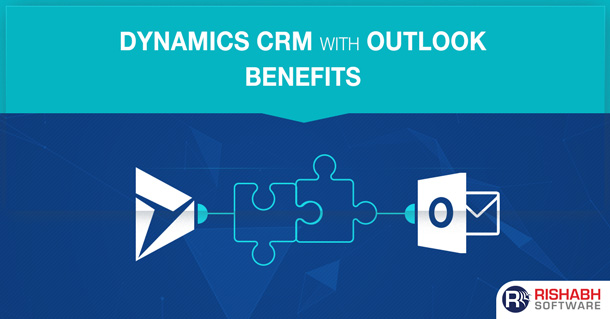
- Microsoft Dynamics CRM Online for Outlook Installation Instructions (Microsoft Dynamics CRM Online editions) Important! Selecting a language below will dynamically change the complete page content to that language.
- Verify a supported version of CRM for Outlook is installed. Sign into your CRM Online web application via your web browser. Click the settings button in the upper-right corner of the screen. Click Apps for Dynamics CRM.
Running Microsoft Dynamics CRM 2011 for Outlook on Windows 8 or with Microsoft Office 2013 requires Microsoft Dynamics CRM 2011 Update Rollup 11 or a later update rollup. For more information, see Unable to configure the Microsoft Dynamics CRM 2011 Outlook client on a Windows 8 computer and Support with Microsoft Dynamics CRM 2011 and Microsoft.

When using an email tracker to CRM, it is not rare that companies experience a series of setbacks, which negatively affect their business relationships. The root of the problem may lie in the inability to track email communication effectively. An efficient email tracking tool should enable you to automatically track all incoming and outgoing emails and automatically create new CRM contacts.
Microsoft Dynamics Crm For Outlook 365
In addition, it should allow for privacy settings, as well as the synchronization of the email history on the server from the pre-CRM period. Such a tool should allow seeing all communication with an account in one place. Second lifegraffiti movies & documentaries. Not having all the emails scattered across many mailboxes or being among other thousands emails in one mailbox makes all the difference. Email tracking to CRM brings 2 important benefits:
- Convenience: all emails are gathered in one place, on the account form in CRM.
- Visibility: a sales manager can review communication that is unavailable when emails are only in sales reps' mailboxes.
Sales reps can reach their addressee again at the most appropriate time, without sending annoying messages. With this access in one place, a sales rep can better understand customer's needs, current situation with an opportunity, stakeholders, etc.
What You Will Learn
- 2 Limitations of Dynamics 365 for Outlook you need to be aware of

Microsoft Dynamics Crm For Outlook
Synchronizing Outlook with Microsoft Dynamics 365

- Microsoft Dynamics CRM Online for Outlook Installation Instructions (Microsoft Dynamics CRM Online editions) Important! Selecting a language below will dynamically change the complete page content to that language.
- Verify a supported version of CRM for Outlook is installed. Sign into your CRM Online web application via your web browser. Click the settings button in the upper-right corner of the screen. Click Apps for Dynamics CRM.
Running Microsoft Dynamics CRM 2011 for Outlook on Windows 8 or with Microsoft Office 2013 requires Microsoft Dynamics CRM 2011 Update Rollup 11 or a later update rollup. For more information, see Unable to configure the Microsoft Dynamics CRM 2011 Outlook client on a Windows 8 computer and Support with Microsoft Dynamics CRM 2011 and Microsoft.
When using an email tracker to CRM, it is not rare that companies experience a series of setbacks, which negatively affect their business relationships. The root of the problem may lie in the inability to track email communication effectively. An efficient email tracking tool should enable you to automatically track all incoming and outgoing emails and automatically create new CRM contacts.
Microsoft Dynamics Crm For Outlook 365
In addition, it should allow for privacy settings, as well as the synchronization of the email history on the server from the pre-CRM period. Such a tool should allow seeing all communication with an account in one place. Second lifegraffiti movies & documentaries. Not having all the emails scattered across many mailboxes or being among other thousands emails in one mailbox makes all the difference. Email tracking to CRM brings 2 important benefits:
- Convenience: all emails are gathered in one place, on the account form in CRM.
- Visibility: a sales manager can review communication that is unavailable when emails are only in sales reps' mailboxes.
Sales reps can reach their addressee again at the most appropriate time, without sending annoying messages. With this access in one place, a sales rep can better understand customer's needs, current situation with an opportunity, stakeholders, etc.
What You Will Learn
- 2 Limitations of Dynamics 365 for Outlook you need to be aware of
Microsoft Dynamics Crm For Outlook
Synchronizing Outlook with Microsoft Dynamics 365
Anyone wishing to synchronize their email system with Microsoft Dynamics CRM should bear in mind that the most common approach includes standard tool for Outlook (often paired with server-side synchronization). In this article, our Microsoft Dynamics 365 consultants will provide an insight into the limitations of Dynamics 365 for Outlook and unveil a possible alternative to help a reader plan implementation. Let us consider a common situation – a company is going to deploy Dynamics 365 and needs email synchronization with CRM. Will Microsoft's application ensure the email communication is transparent, gap-free and secure and can it guarantee security of the company's sensitive information? Can companies rely on Microsoft's application or should look for an alternative?
Limitations of Dynamics 365 for Outlook you need to be aware of
Limitations:
- Outbound emails are not tracked automatically. Checking outgoing emails manually is fraught with potential risk to forget to perform this operation.
- Unavailability of uploading, matching and synchronizing of the email history on the server from the pre-CRM period.
Additional inconveniences:
- Updates are required in line with your CRM versions updates.
- Automatic tracking/synchronization takes place only with Outlook running.
- Microsoft Dynamics 365/CRM add-in must be installed on users' computers, for which local computer administrator permissions are required.
- Computers must comply with the requirements to run Microsoft Dynamics 365/CRM add-in with Outlook.
- The tool allows creating CRM records, such as activities, accounts, contacts and leads from the Quick Access Toolbar only manually.
Realizing that Microsoft Dynamics 365 for Outlook did not have the capabilities that were expected from it with the latest releases of CRM, the vendor took a decision to deprecate it and replace with Dynamics 365 App for Outlook in June 2017. However, certain gaps detected in the Dynamics 365 App for Outlook functionality meant the new product could not serve as a like-for-like replacement for Dynamics 365 for Outlook. As a result, the deprecation was reversed, with the vendor's further commitments to fix bugs and improve the performance and reliability of the Outlook add-in.
A smart solution already exists
Meanwhile, having experienced problems related to the inability of Microsoft Dynamics 365/CRM for Outlook to automatically track outgoing emails, as well as the problem with incoming emails being automatically moved from Inbox, ScienceSoft specialists have come up with an effective tool for managing email communication – EmailScoop Email tracker. It is a smart solution that stands out among other email tracking tools, since it uses a completely different approach to server-side email synchronization and has a very high level of automation. EmailScoop is designed to cover some specific email communication scenarios missing in the standard software.
EmailScoop features the following characteristics:
- reliable automatic tracking of all incoming emails even in case:
- no recipient receives, reads or opens an incoming email;
- an incoming email is sent to a deactivated user;
- an incoming email is moved from Inbox to another folder according to an automatic rule (emails can be also moved manually);
- seamless automatic tracking of outgoing emails;
- availability of privacy settings (emails from certain users can be excluded from tracking, e.g. emails of C-level executives; they still can be tracked manually via Outlook plug-in);
- possibility to equally track emails from Exchange Server as well as through any other IMAP/POP3 email provider;
- automatically creating new CRM contacts through detecting business emails according to certain rules whereas Microsoft's product can do that only manually;
- uploading, matching and synchronizing of all the email history on the server from the pre-CRM period.
From the technological point of view, EmailScoop works as follows:
- It is built as a configurable Windows service.
- It is highly scalable and benefits from multicore CPU architectures.
- Email tracking works via direct access to email server.
- The only requirement to the server to install an email tracker is connectivity to an email provider and to CRM services; this also can be installed in cloud (Microsoft Azure).
- Email synchronization runs every 5 minutes, however the synchronization interval is configurable on demand.
- Focusing on emails, EmailScoop does not support contact and appointment synchronization.
